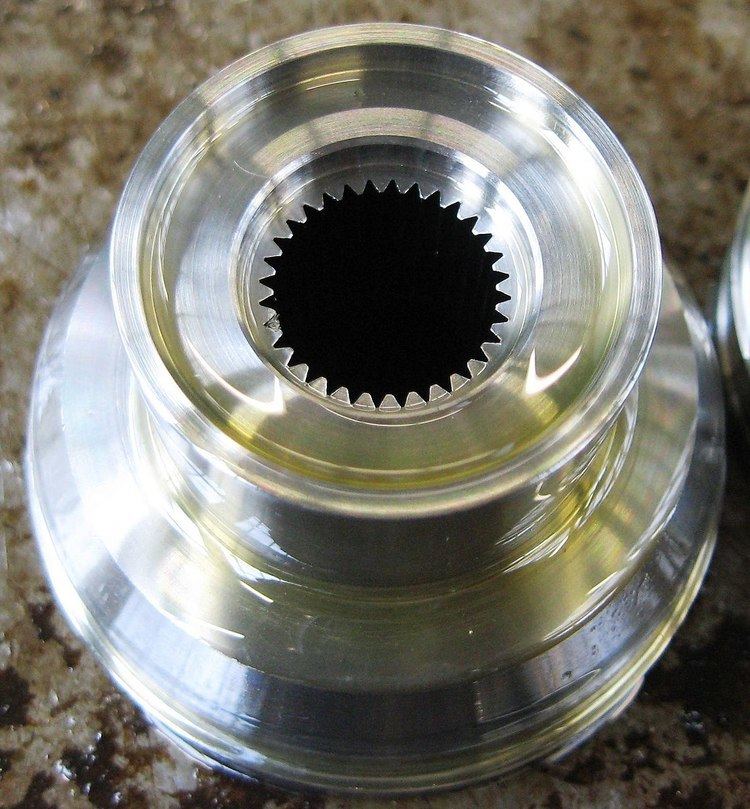
Broaching (metalworking) Alchetron, the free social encyclopedia
Types of Broaching Linear Broaching Internal Broaching External Broaching Rotary Broaching Surface Broaching Pull Broaching Push Broaching Keyway Broaching Advantages of Broaching High Precision Efficiency Versatility Surface Finish Broaching Applications Automotive Industry Aerospace Industry Medical Equipment Manufacturing Firearms Manufacturing

What is a Broaching? Broaching is a machining process where a sharp, hardened, toothed tool
Broaching is classified into two types: linear and rotary. The broach is run linearly against the surface of the workpiece to effect the cut in linear broaching, which is the more common process. Linear broaching Linear broaches are used in a broaching machine, which is also abbreviated as a broach.
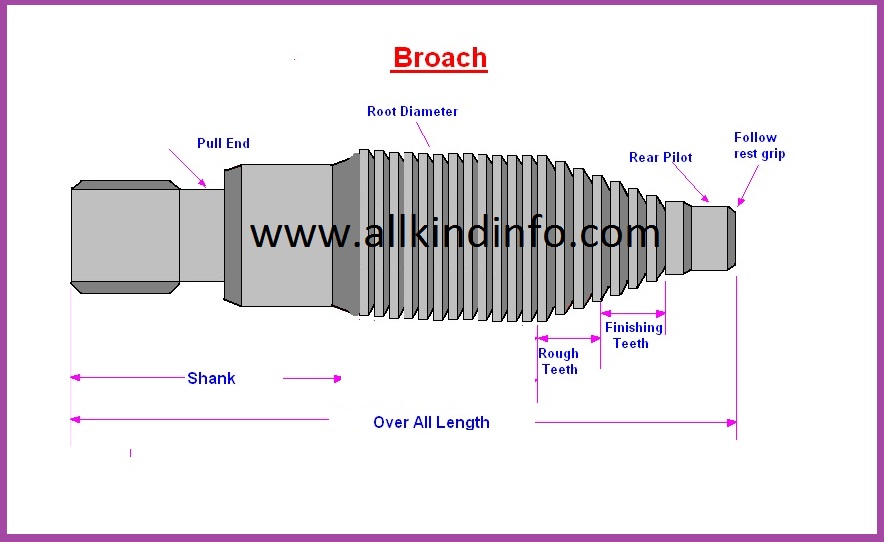
Broach and types of broaches Informational Encyclopedia
A broach usually has 3 distinct sections: The roughing teeth which remove most of the material The semi finishing teeth provide a surface finish The finishing teeth provide the final finish Broaches can be expensive, costing up to $30,000. This makes broaching a better choice for large quantities of parts.

What is Broaching? Broaching Machines & Types
Types of Broaching Broaching machining is employed when precise cutting, particularly for unusual forms, is required. Often machined surfaces include spherical and non-circular gaps, spirals, keyways, and flat surfaces. The type of tool used on a broaching machine is a toothed tool called a broach.

Best Top 5 Types Of Broaching Machines.
Broach teeth are usually divided into three separate sections along the length of the tool: the roughing teeth, semi-finishing teeth and finishing teeth. The first roughing tooth is proportionately the smallest tooth on the tool. The subsequent teeth progressively increase in size up to and including the first finishing tooth.
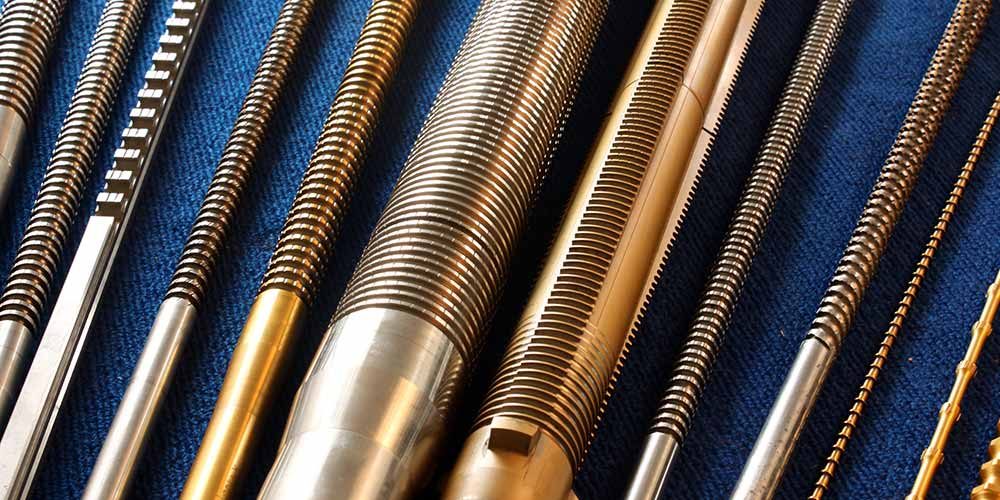
What are the Different Types of Broaching Methods? Daily Business Post
Types of Broaches: There is large variety of broaches and they are classified. 1. According to the method of operation: Push, Pull or Stationary. 2. According to the kind of operations they perform: Internal and external. 3. According to their construction: Solid, built up, rotor cut, inserted tooth, over lapping tooth, progressive etc. 4.
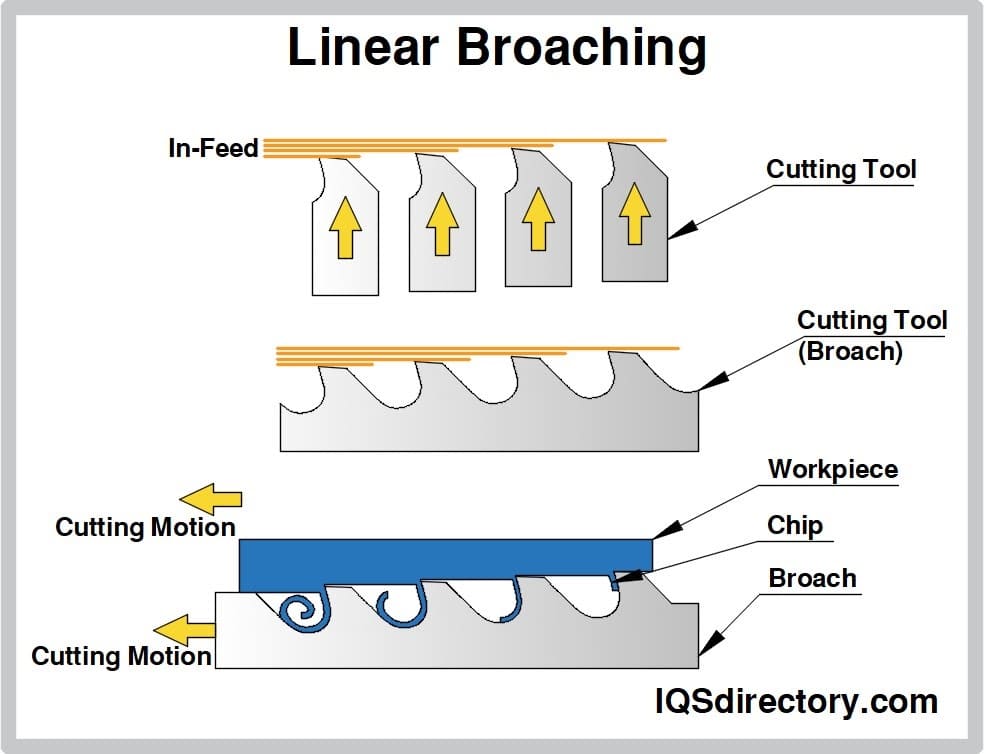
Broaching What Is It? How Does It Work? Types, Products
Broaching Types . When the broach moves linearly relative to the workpiece, the machining allowance of the workpiece is sequentially cut off by the teeth of the broach with increasing sizes. Usually, it can be formed in one working stroke, which is a high-efficiency finishing method. However, due to the complex structure of the broach, the high.

What Precision Machine Shops Do Broaching
Broaching can be classified into following types: Internal Broaching: Internal broaching is mainly used to enlarge holes. This process generally uses pull type broach but for lighter work piece, it sometime uses push type broach. External Broaching:
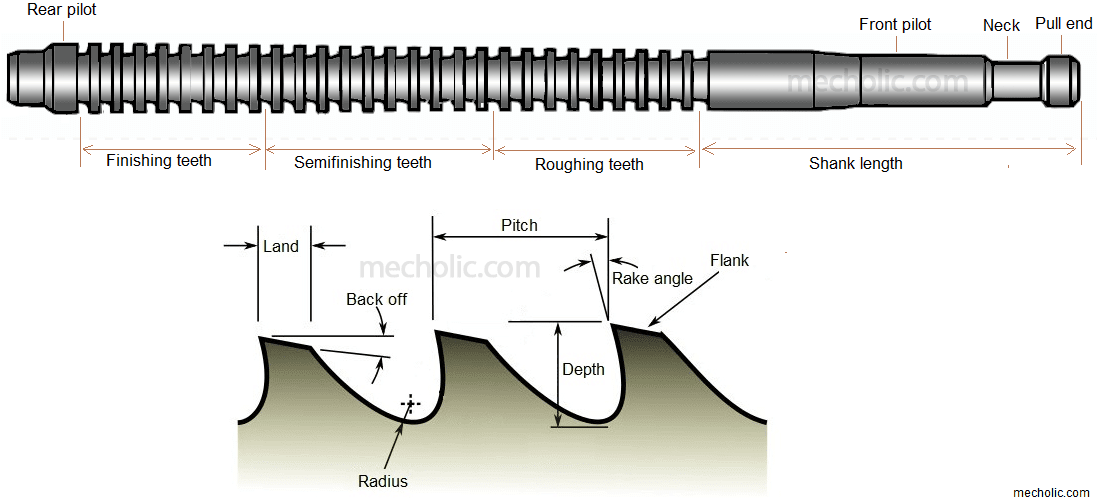
broaching tool geometry
Overall, the type of broach used will depend on the specific shape or profile that needs to be created, as well as the type of material being machined and the desired level of precision. Conclusion: Broaches are cutting tools used for the precision machining of metal parts. They come in a variety of shapes and sizes, including surface broaches.
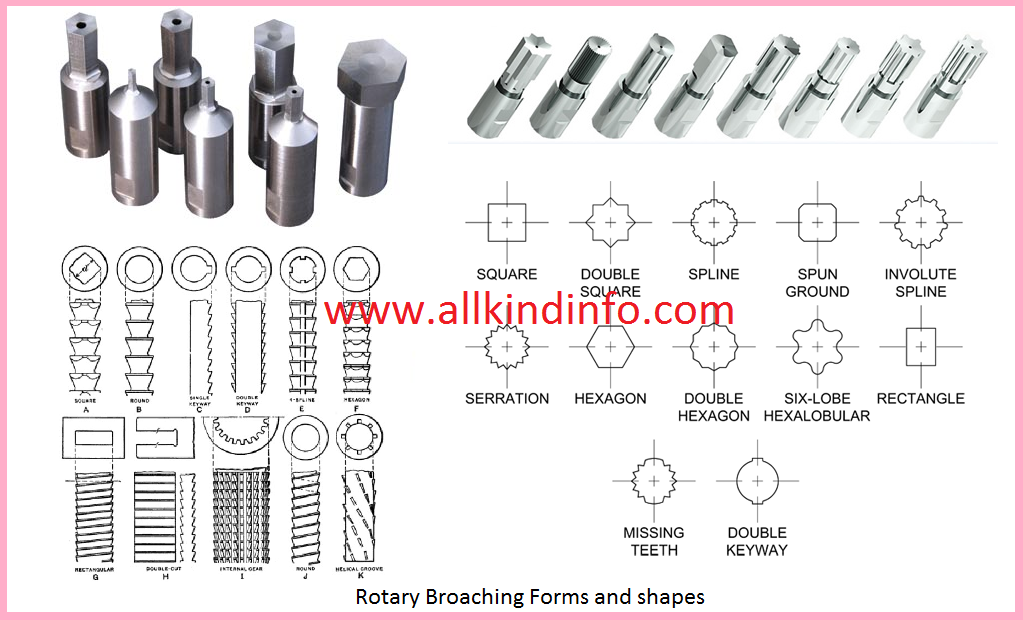
March 2016 Informational Encyclopedia
There are two principal kinds of broaching machines: - horizontal and vertical. Notwithstanding these standard types, there are unique and constantly operating machines. Both horizontal and vertical sorts of the machine have at least one ram relying upon production demand.

Production Broaching Los Angeles, CA Pioneer Broach
There are two main types of broaching: linear and rotary. In linear broaching, which is the more common process, the broach is run linearly against a surface of the workpiece to produce the cut. Linear broaches are used in a broaching machine, which is also sometimes shortened to broach.
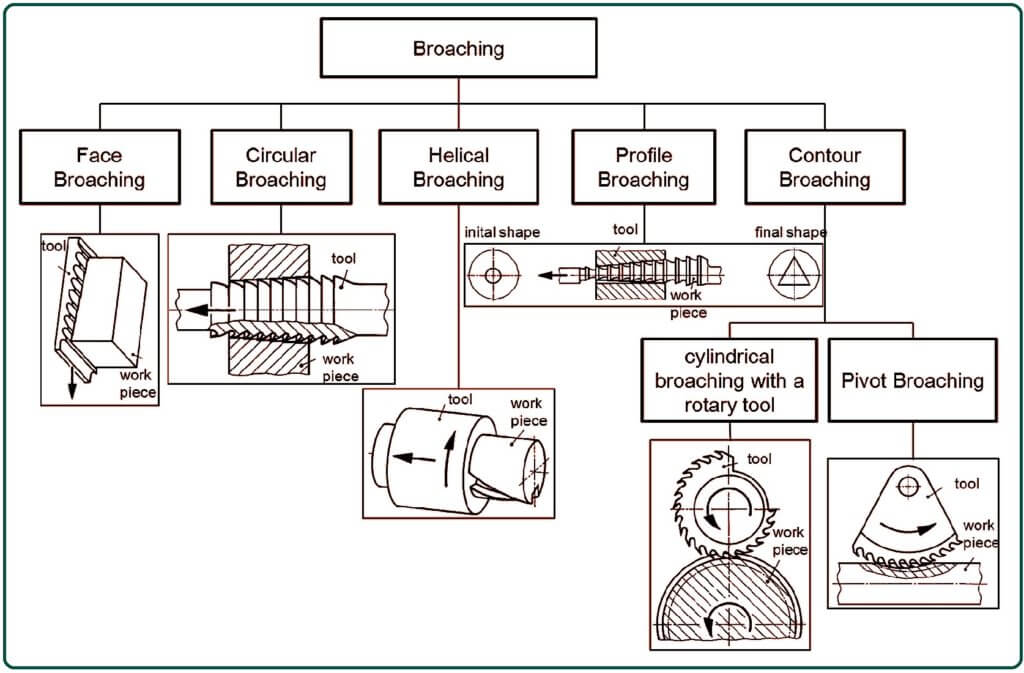
Parts of PullType Broach Tool What Is a Broaching Tool? Internal and External Broaching
Jul 18, 2022 — by ML Engineering Content Editor in Manufacturing There are various kinds of machining operations. One of these operations broaching process. Here we explain the general process parameters of broaching operation. Also, you can find additional information about the important term about broaching operation.

What is? How does it work? types, products (2023)
There are two main types of broaching: linear and rotary. In linear broaching, which is the more common process, the broach is run linearly against a surface of the workpiece to effect the cut. Linear broaches are used in a broaching machine, which is also sometimes shortened to broach.

Broaching Tools Broach Manufacturer Colonial Tool
The two types of broaching machines are horizontal and vertical; they can have one or more rams depending on the application. With dual or multiple rams, the rams work opposite each other, with one on the cutting stroke and the other on the return stroke. A broaching machine either pulls or pushes the broach through or past a held workpiece.
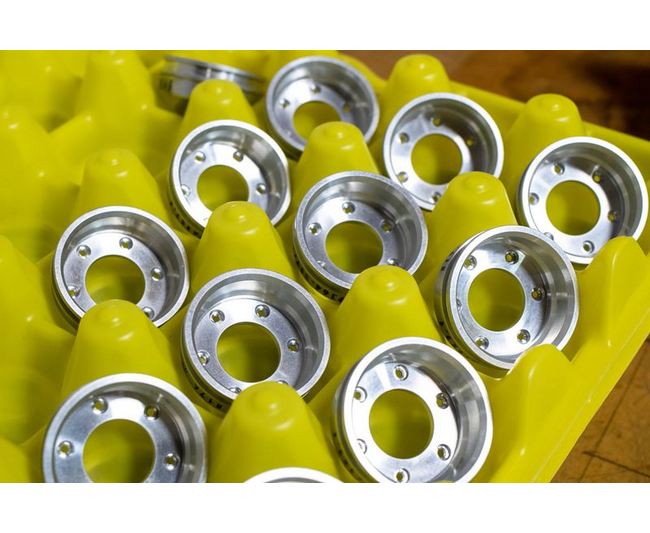
Broaching in Arizona (AZ) on
Basic Types of Broaching Tools You can separate most broach tools into two basic categories: push broach and pull broach. Alternatively, you can also divide broaches into internal or external broaching machines. Both push and pull broach tools use similar strategies to machine materials.
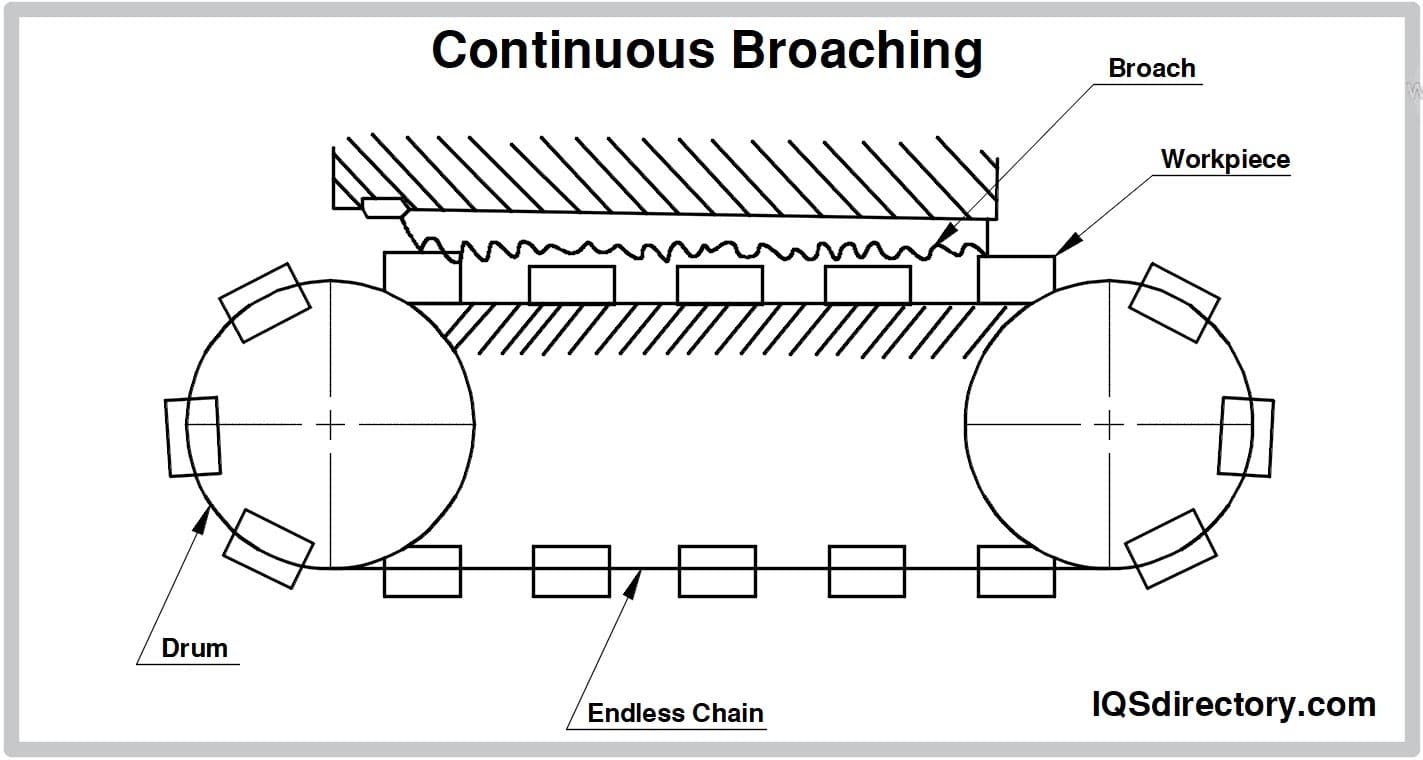
Broaching What Is It? How Does It Work? Types, Products
There are two principal types of broaching machines: horizontal and vertical. In addition to these standard types, there are special and continuously operating machines. Both horizontal and vertical types of machine have one or more rams depending on production demand.